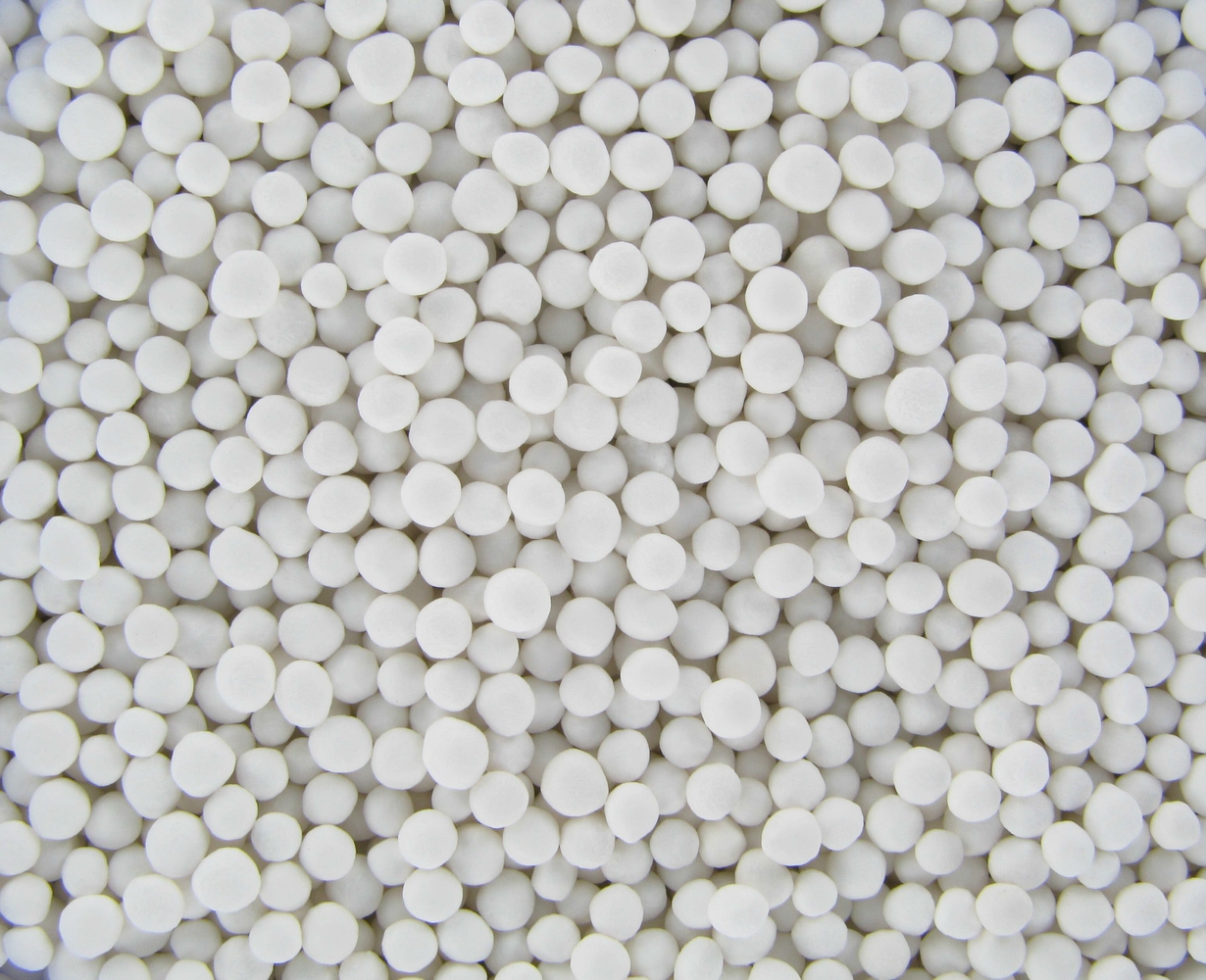
Axens Offer
Catalyst cycle length is often limited by arsenic and silicon poisoning. Arsenic maximum allowable content on hydroprocessing catalysts during operation, depending upon the service, is in the range of hundreds of wppm. The maximum allowable level of Arsenic on catalyst after regeneration is 1,000 wppm.
The key features for arsenic trap are:
- Dedicated support, for maximum Arsenic retention
- Dedicated active phase, for maximum Arsenic removal activity (hydrogenolysis) while maintaining high HDS & HDN activity.
- High density, for maximum Volumetric retention
Axens’ ArsenicTrap™ have been developed to meet these key properties.
ArsenicTrap™ ACT 969
ArsenicTrap™ ACT 969 is particularly suited to protection of selective naphtha hydrodesulfurization catalysts when very high Arsenic content is evidenced in the cracked feed.
ArsenicTrap™ ACT 979
ArsenicTrap™ ACT 979 is particularly suited to protection of selective naphtha hydrodesulfurization catalysts due to its very limited olefin hydrogenation activity, which enhances octane retention. ArsenicTrap™ ACT 979 delivers very high arsenic and silicon retention and a stability suitable for the processing of cracked feedstocks.
ArsenicTrap™ ACT 989
ArsenicTrap™ ACT 989 is used as an active grading material upstream the main catalytic bed in the hydrotreatment of hydrocarbon cuts including naphtha, gasoil or vacuum gasoil. ArsenicTrap™ ACT 989 has been specifically designed for arsenic removal.
You Might Be Interested In
Reactor Internals
Catalyst Protection Systems
Technical Support & Performance Management
TO CONTACT US
Please fill in the contact form below